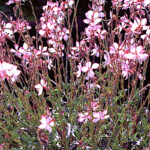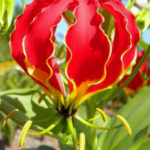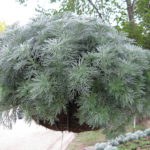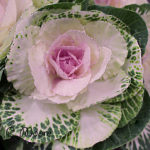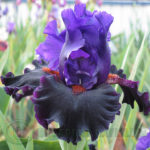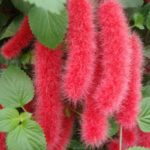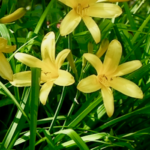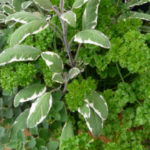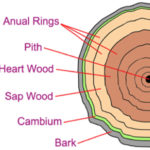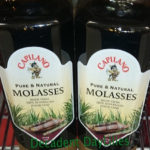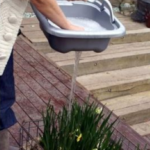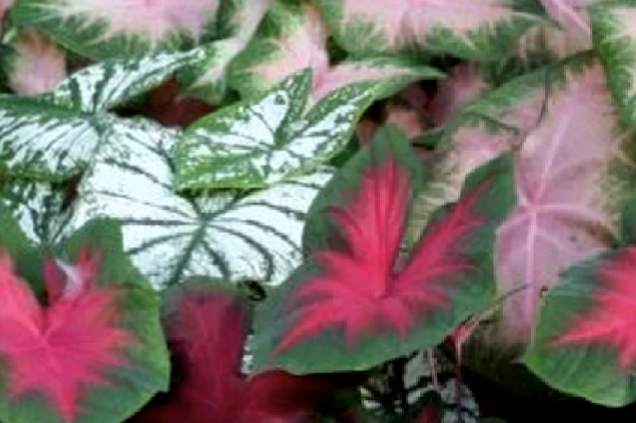
Complete Guide To Planting And Storing Caladium Bulbs
Caladium Bulbs – How to Plant and Take Care of Caladiums
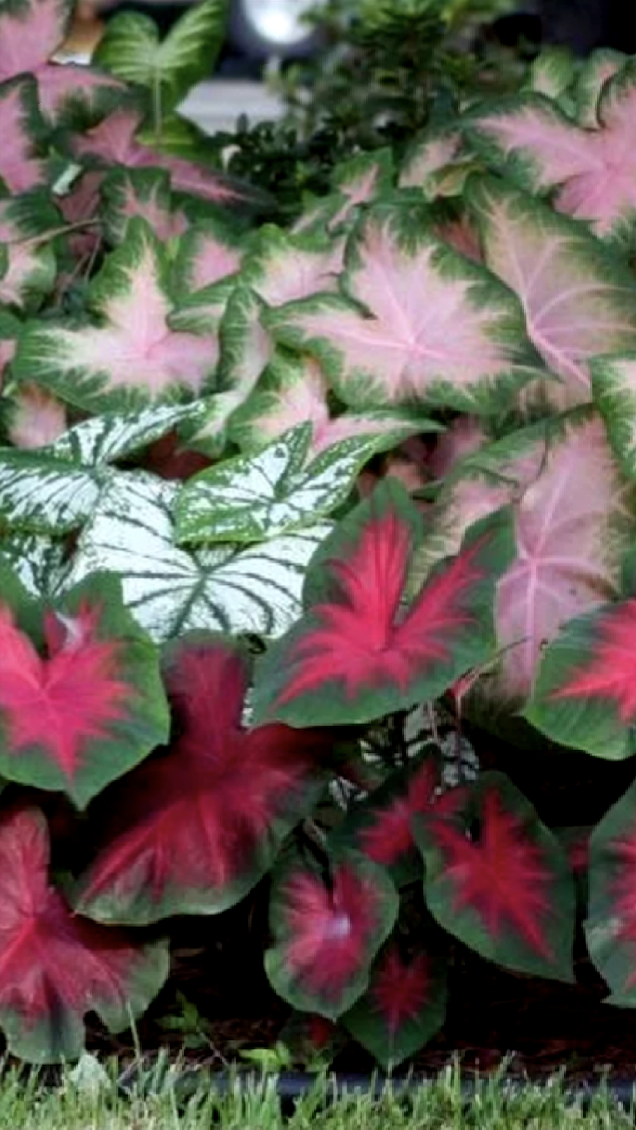 If you are looking for fabulous colourful attractive border plants for your warm tropical garden, then Caladiums are a good option. What makes them attractive is that they come in a variety of leaf colours to add attraction to your garden. These plants are commonly known as Angel Wings or Heart of Jesus or elephant ear, owing to the shape of their leaves. They are hardy plants that belong to the Arecaceae family. These flowering plants are related to the Colocasia, and Alocasia family. While reading, Wikipedia info tells me that all parts of the plant genus are poisonous causing pain and swelling. Swelling in the mouth can cause breathing problems.
If you are looking for fabulous colourful attractive border plants for your warm tropical garden, then Caladiums are a good option. What makes them attractive is that they come in a variety of leaf colours to add attraction to your garden. These plants are commonly known as Angel Wings or Heart of Jesus or elephant ear, owing to the shape of their leaves. They are hardy plants that belong to the Arecaceae family. These flowering plants are related to the Colocasia, and Alocasia family. While reading, Wikipedia info tells me that all parts of the plant genus are poisonous causing pain and swelling. Swelling in the mouth can cause breathing problems.
Characteristics of Caladium
The Caladium bicolour plants belong to the arum family that is known for their various bold variations and colourful combinations of the leaves. This is what you get when you bring home the Caladium bicolour plants from nurseries in tropical areas of Australia. They produce calla-type flowers that are normally hidden. These plants grow in clumps. They reach a height of one foot to 2.5 feet and spread to about 1 foot to 1.25 feet on the ground. The foliage of Caladium is large and heart shaped and can extend up to 1.5 feet long. The foliage comes in a wide range of green shades which are blotched and smudged in the middle with pink, white, and red colours. The foliage also shows coloured veins that are distinct. Some of the species of Caladiums are grown as ornamental plants. The leaves are seen to be fancy shaped or lance shaped.
How to Grow Caladiums
The caladiums grow from the tubers. You can propagate Caladiums by dividing the tubers. They need partial sun and shade to grow well. They thrive on well–drained soil that is rich in organic matter.
- The caladium bulb is typically planted before spring with its smooth bottom side down and crooked growing points top side up. The plant will grow even if the tuber is planted sideways or anyways for that matter. But the best way is to keep its top side up.
- Choose a place in the garden that is protected from hot winds.
- Plant the bulbs in a deep enough hole so that the bulbs are covered with 2” of soil. Adding some organic matter or blood and bone fertiliser along with the caladium bulb is a good idea.
- Water the bulb in. You can mulch the area around the bulb to retain moisture in the soil and prevent weed growth.
- Give a decent amount of spacing about 8 inches to 10 inches between two bulbs.
- Keep the soil moist during the growing period.
- Feed the bulbs a slow release fertiliser during its growing period from spring to summer.
- Caladiums die down and go dormant during winter so skip the watering this time of year when the bulbs are resting. Start watering again when the first shoots appear in spring and keep the bulbs damp.
How to Store Caladium Bulbs Over Winter
Caladium bulbs need a rest during every winter. Lift the bulbs roots and all into a box or take the potted plants from your garden to store them undercover over winter. Store the bulbs in a dry warm place at around 10C – 50F to 15C – 60F below this the bulbs will get damaged. More than 20C – 68F the bulbs will start growing. Replant the bulbs once all signs of frosts are over.
Care for Caladium Bulbs
The most important thing you need to take care of when growing caladiums is that the soil has to be moist always. The plant also needs regular feeding to grow well and show off its beautiful vivid leaves. Quality organic fertiliser will add strength to the Caladium plant. It will help the plant to produce more tubers, and larger elephant ear size leaves on long stems for the next growing season. The Caladium should be watered regularly. If it is placed in areas where there is moderate sunlight, make sure that the soil does not get very dry. If you are growing Caladiums in containers, then check the soil condition every day and water if needed. Prune the dead foliage or foliage that turns yellow. These plants do not face any serious threat from insects and diseases.
Caladiums make great companion plants for Impatiens, Ferns, and Begonias.


